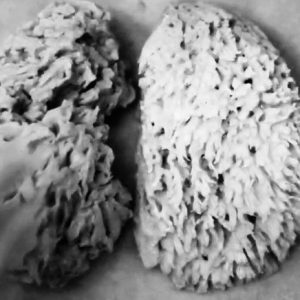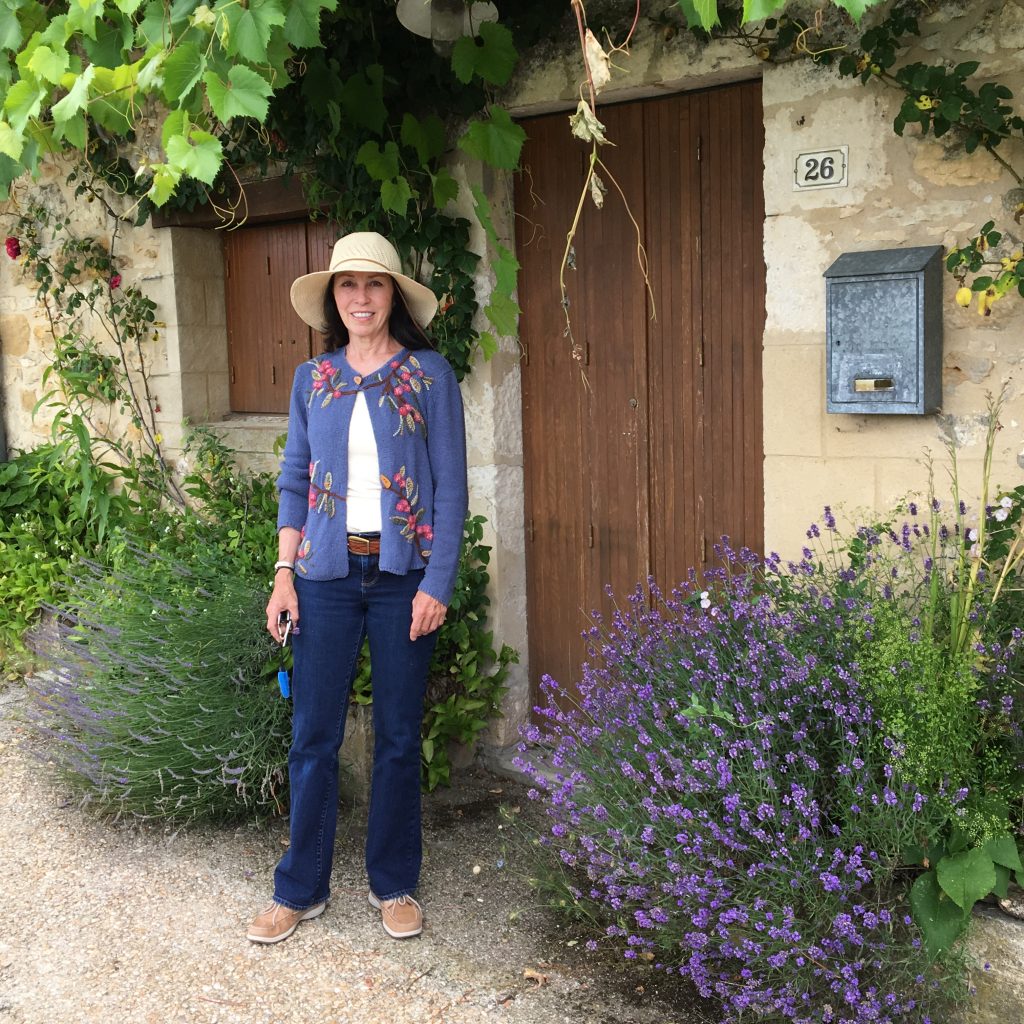
Dr. ELIZABETH RHODES on Trauma and Religious Experience
ELIZABETH RHODES is a Professor of Hispanic Studies at Boston College. The recipient of three Fulbright Fellowships, a National Endowment for the Humanities fellowship, and two faculty fellowships from the Spanish Ministry of Education, she has had visiting appointments at the Harvard Divinity School and Brown University. In her free time she enjoys sailing her 1979 Sabre 28, Eos, along the north Atlantic coast.
Her major research field is early modern women’s studies. Her current book project is a revision of current understanding of female religious physical and psychological practices of self-mortification in the Catholic tradition, in light of recent neurological discoveries about sexual trauma.
Though these topics are slightly outside the usual purview of Seymour’s mission, we were interested to learn more about her iconoclastic perspective on the potential link between past trauma and what is generally accepted as ‘religious experience’. In the interview below, Dr. Rhodes explores the topic with her former student, Ryann Summers.
Managing Editor’s Note: This interview discusses subjects that may be sensitive to some readers.
Interview by Ryann Summers
How did you first become interested in exploring the lives of saints? Was there a particular experience in your own life that sparked your curiosity in the subject?
Some twenty years ago I had an appointment at the Harvard Divinity School that allowed me to meet and read some of the leaders in feminist theology, and while there I learned some things that literature professors don’t usually know. One was that the Old Testament ten commandments list men’s sins, not women’s (women’s sins would include something like “Thou shalt not keep silent when speaking is called for”). Another was that the Mary Magdalen we know today is not in the Bible; she was invented over the centuries in progressive layers, and, like all saints, she is always being re-invented. Like many people, I thought a saint had an official life that has been the same forever, something at least a little historically accurate. But saints aren’t for telling history, they’re characters for telling stories that teach certain beliefs and, since I’m a literature freak, I found them very interesting.
Here’s an example: From the twelfth through the fifteenth centuries, versions of Mary Magdalen’s life said she was a wealthy woman who enjoyed her power – including her sexual power — too much, was forgiven by Christ and then became his most intimate partner, and after he died, was an apostle who worked many miracles and finally retired to the desert for contemplation. By the early 1600’s, men writing her life had turned her into a prostitute who cried at the feet of Jesus, cried at the crucifixion, and retired to the desert to cry over her sins some more. This remarkable transformation led me to research the lives of other saints, in particular the women, and analyze them as cultural barometers of gender status. Looking at them like that, we see that in 1950 when Pope Pius XII canonized Maria Goretti, a twelve-year-old who died resisting rape, he canonized the idea that a it’s better for a young woman to be dead than be raped. I find that very troubling.
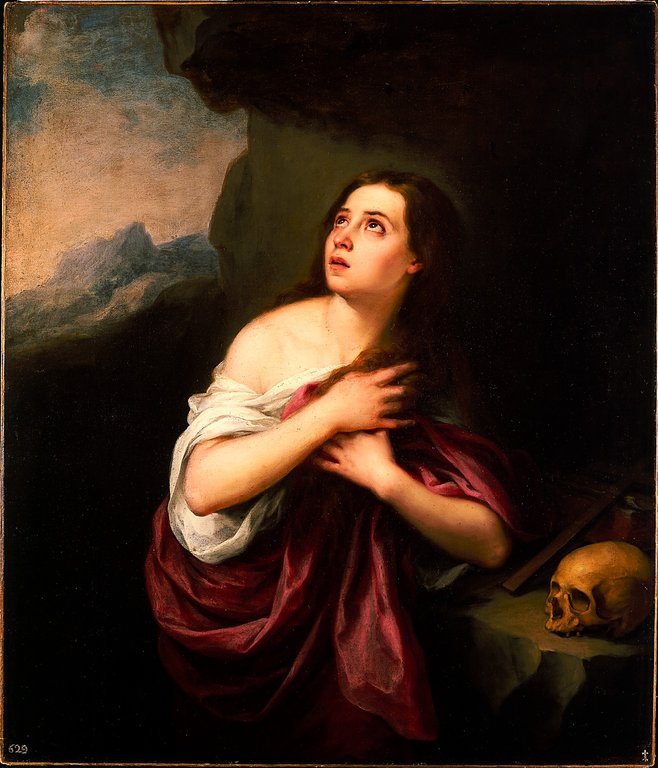
Penitent Magdalene by Esteban Murillo
You’ve said that one factor in making the writings of religious women particularly evocative was the religion’s “written, social, and physical spaces in which meditative self-reflection was expected.” How did these spaces themselves facilitate the uniquely personal, introspective works you’ve examined?
Early modern Spanish religious women lived alone in private rooms, or with each other in a house, or in a convent. They rarely if ever left those spaces, all of which let them get away from men and away from their families. While convent life could be like going from the frying pan into the fire (see below), it was most often a life of relative quiet in which women were required to practice repetitive rituals such as chant, spoken words combined with specific body movements (like kneeling and bowing), and communal singing. Their schedules were very rigid. Regular and lengthy periods of prayer, which had many forms back then, were required of all nuns and provided a meditative experience. They had access to male spiritual directors and confessors, who were generally well-intentioned, sympathetic and careful listeners. The most successful religious women, like Teresa of Avila, were expected to write about their spiritual experiences as well. Experts such as Peter Levine have shown that these circumstances and activities are highly therapeutic for trauma survivors, for neurological reasons.
You’ve written extensively on various aspects of sainthood, but we’re most fascinated by your current exploration of the complex trauma histories that can be gleaned from the writings of early modern religious women. How did you first notice, or decide to explore the potential link between past trauma and what is generally accepted as ‘religious experience’?
I found some Spanish texts by religious women from the sixteenth and seventeenth centuries that describe the hallmark features of complex trauma, a type of trauma that has its origins in abuse that happens before the victim’s brain has finished developing, as is often the case in incest. Complex trauma has a particular constellation of symptoms, such as the confusion of love and pain, severe dissociation, obsession with suicide, and the practice of what we now call eating disorders. In my training and work as a rape crisis counselor, I became familiar with what complex trauma looks like today, and over time the meaning of the self-harming behaviors described in the early modern texts started to stand out, like a watermark on paper. While scholars attribute these self-harming behaviors to “normal” female piety, I can’t buy into that idea in cases where there is evidence that something horrifying was going on. According to evolutionary psychologists, human brain chemistry hasn’t changed much over the last thousand years, so it’s possible that the neurologically induced somatic symptoms these women describe, when combined with references to sexual abuse in their writings, constitute evidence of sexual trauma.
For example, when a woman describes her relationship with God as forced and/or painful and violent, or when she describes her spiritual experiences consistently from an object position, I see a red flag. In John of the Cross’s famous poem “Dark Night of the Soul,” which is not a trauma text, the female protagonist recounts in first person how she escapes from her house in the dark to meet her lover in a fragrant cedar grove and there experiences union with him. She’s the poem’s subject, she makes the decisions and she gets what she wants. That’s a subject position. Some of writers I’m working with describe God as a demanding patriarch who objectifies them. Luisa de Carvajal, who lived from 1566-1614, wrote religious poetry in which she describes God doing things like making her his prisoner, taking away her soul, stealing her will, and carrying off her inclination with unimaginable force. She also wrote about her uncle forcing her to be stripped and whipped while tied to a column. Her poetry is trauma talking, and she is projecting sexual violence onto the divinity, which was a safe place to put it.
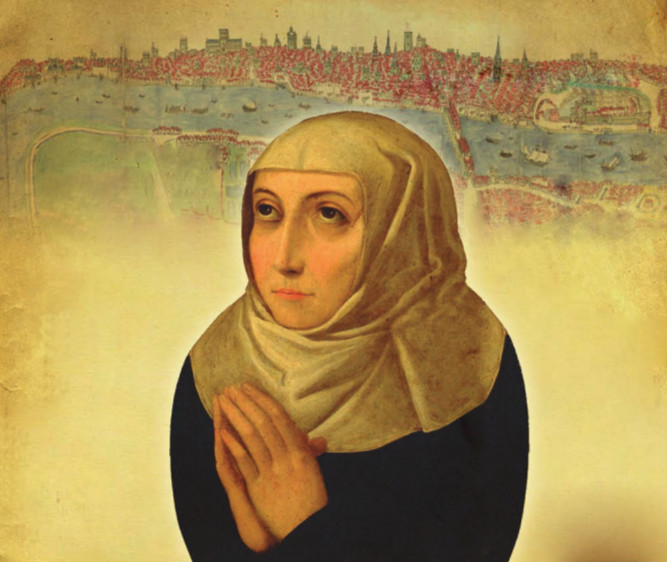
Luisa de Carvajal y Mendoza
Do you think these authors were aware that they were recording experiences of trauma, or do you believe that they were subconsciously infusing their written records with trauma that they had not yet processed?
That’s a great question, and two things help us think about it. In a recent interview with Krista Tippett, Mary Oliver revealed that she wrote the poem “A Visitor” about her father’s incestuous relationship with her without realizing what the poem was about until decades later (NPR’s On Being). Afaa Michael Weaver has said the same thing about the incest behind some of his poems (CA Poetics). So a writer isn’t necessarily aware of writing trauma at the moment when the text gets written.
Second, “trauma” as I’m using it, is a modern concept, so it’s unlikely that the writers I’m reading understood their situation that way. St. Teresa of Avila (1515-1582) wrote a lot about the danger of melancholy to her nuns, which was likely similar to what we now call depression and may have been related to trauma, but the words were not the same ones we use now, so it all needs careful de-coding. Figuring out what survivors thought about how they were behaving and feeling is further complicated by the fact that in the sixteenth and seventeenth centuries, rape was defined as a crime of commodity theft (the commodity being a woman’s body), and the law never addressed it from the woman’s point of view rather from that of her family. Because sexual assault produced – and still produces – deep feelings of shame, early modern women almost never wrote about it directly. This is why somatic evidence is helpful, because these writers often do describe what we now recognize as symptoms of trauma that have neurological, not cultural, origins. So regardless of what they thought, their bodies were telling their stories.
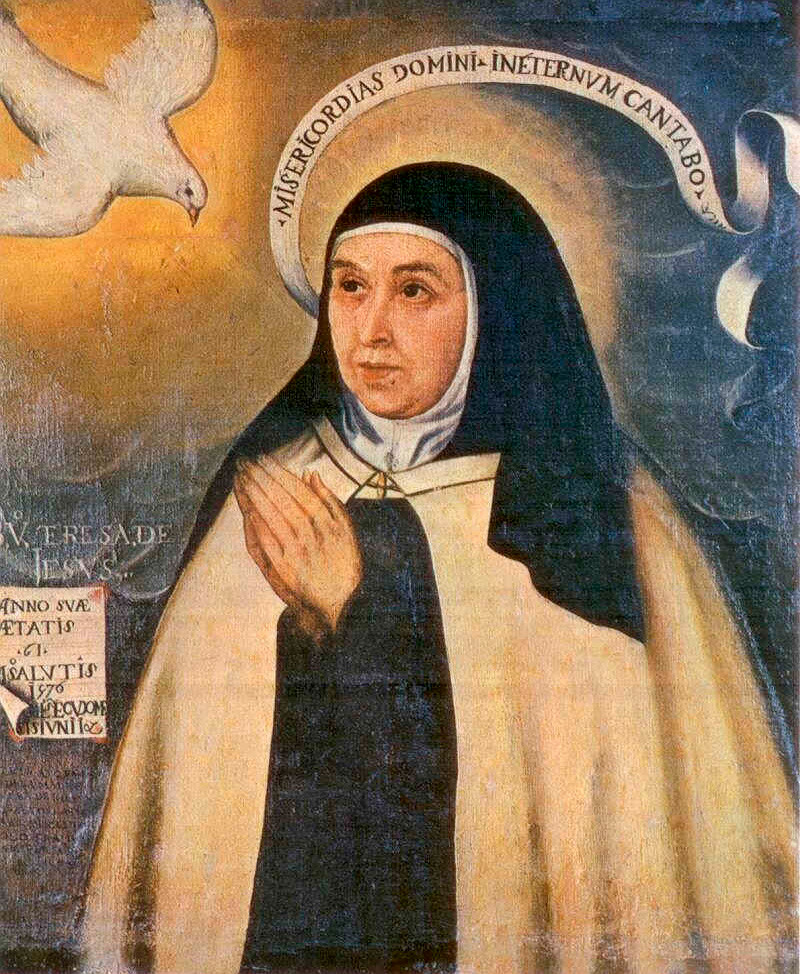
Teresa de Avila by Fray Juan de la Miseria, 1576
How did power structures and hierarchies in the past suppress or prevent honest expressions of personal stories? Do any of these methods live on today?
In theory, Inquisition records and women’s confessional writings were confidential, but they often got leaked. Early modern people’s favorite reading material was religious and they were interested in religion with the same fervor that people today are into alternative spirituality and pop psychology. However, after the European Enlightenment, interest in religion faded and none of these texts were read by anybody in the modern age until very recently. The Church was like the rest of society at that time: nobody talked about sexual assault openly, and again, it was only very recently that we’ve begun to stop pretending that sexual abuse has not been happening in human society forever, and still is. It’s important to keep in mind that the Catholic Church doesn’t have the corner on the sex scandal market; all religions, many organizations, and the family itself are now recognized as social places we thought were safe. But they are not, at least not always.
Here’s a scandalous example. In the 1620’s, the Spanish Inquisition put almost all the nuns in a Madrid convent on trial for demonic possession, and each of those nuns did indeed claim to be “possessed” by her own devil (who, interestingly enough, had his own name). It didn’t take the Inquisitors long to figure out that these nuns’ spiritual advisor was spending almost all his time inside the convent and was having sexual relationships with many of them, fervently kissing and using an infantilized language with all of them (he called each nun “my little girl,” among other things). Knowledge that this was bad behavior conflicted with the nuns’ need to keep it secret to protect their reputation and their need to obey their spiritual advisor, whom Catholic theology still defines as God’s stand-in. It was impossible to reconcile all those things, and they went a little nuts. In this context, “the devil” served as a symbolic warehouse for the very bad feelings these nuns were experiencing and their helplessness to get out of the situation. Interestingly, the perpetrator’s personality, as revealed in the trial documents, corresponds exactly to today’s profile of a perpetrator of sexual assault: a charming, seductive and popular man who selected his victims from among the least likely to report him and who took some time to groom them. He also displayed a profound indifference to the pain he caused his victims.
It would seem that your research could shed a significant new light, not only on religious studies, but also within the field of psychology. Is it fair to say that your work could help redefine or reframe how we perceive and even support survivors of trauma?
That would be great. Right now, I think of the immediate impact in terms of getting a conversation started. Unless we learn to talk openly and carefully about sexual abuse and look at what it does to people, we’re never going to stop it. What we’re now calling “the Stanford rape case” is a perfect example of how knowledge and awareness can make change possible. Talking about sexual abuse in the past not only gives a more realistic understanding of that past, it also takes some of the pressure off the topic and will allow people to get used to what it is, and has been, and what it looks like. It’s a bit like a sixteenth-century Spotlight.
It’s possible that this project will enhance how traumatologists understand religious vocation and spirituality, and it may open up new ways to think about God. For the women I’m reading, God and/or the devil are holding tanks for the terrible things that somebody else did to them while they were helpless, often over a long period of time. In that way, they use supernatural both to hide and reveal the truth: they hide it by masking it with a supernatural face, but they also reveal it, in that their experiences can be deciphered in the light of trauma research. What these women called God was central to their healing process, and surrendering their grief and anguish to what they believed was a higher power likely enabled them to continue living when many who had the same experiences could not.
Published: July 21st, 2016



